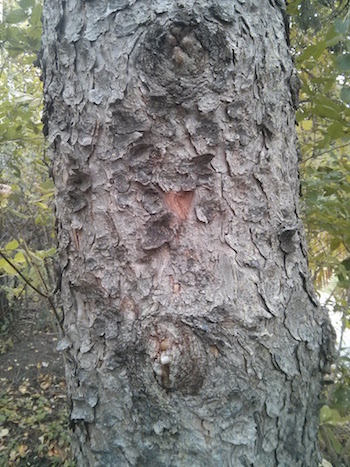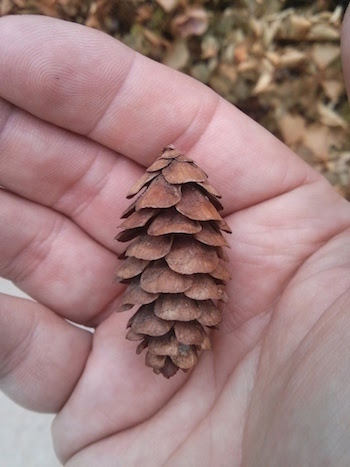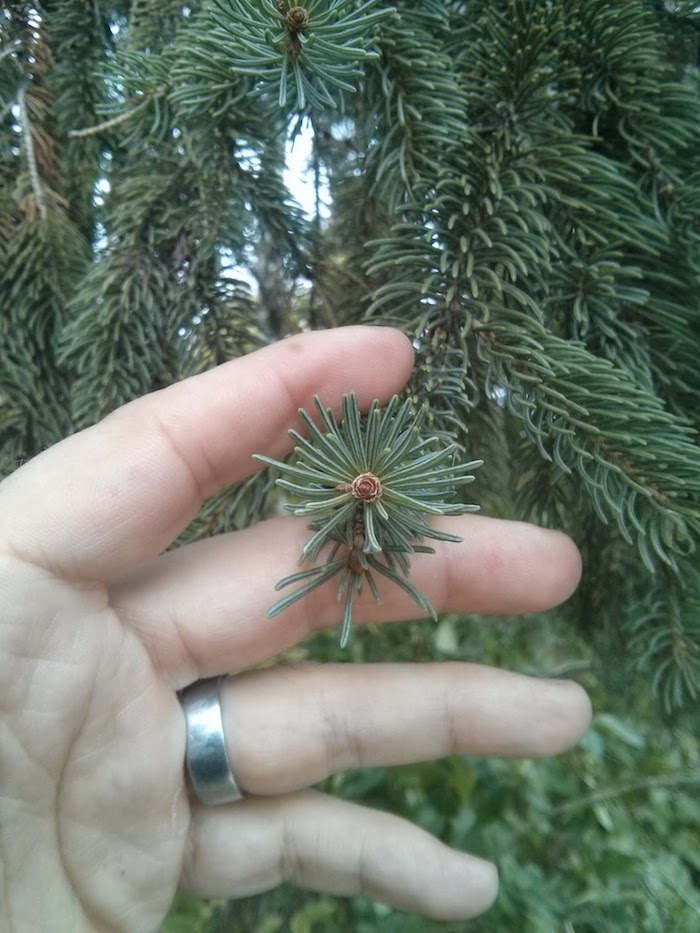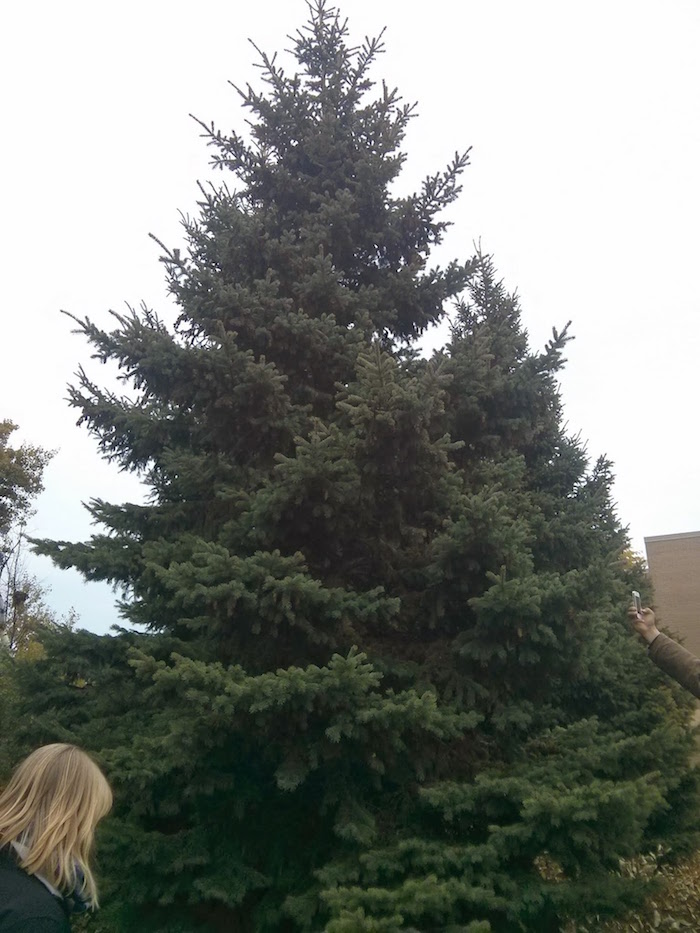
Description:
White spruce is a large, extremely cold-hardy tree native to Minnesota. Its native range spreads far north to Northern Canada, and can grow up to 120 feet in some places. Needles are stiff and pointed with a square cross-section. The needles also have a white waxy coating and give off a strong odor when crushed. Cones are long, slender, smooth, and flexible, turning from green to brown as they mature.
White spruce is used for pulp and lumber, but also make excellent Christmas trees and is popular for musical instruments. It is also a highly variable species, with many different forms and varieties across its native range. Black Hills Spruce (P. glauca var. desnata) is a common urban variety seen in Minnesota, and is the state tree of our neighbor South Dakota.
White spruce was one of many species included in a recent study by several University of Minnesota faculty members, including Drs. Rebecca Montgomery, Sarah Hobbie, and Peter Reich, examining growth responses to experimental warming and published in Nature Climate Change in 2015.
Issues:
White spruce are suspectiple to attack by the Eastern spruce budworm, and the yellow-headed spruce sawfly, and can develop needle rust or needle cast.
Other Resources:
UMN Extension -- Spruce Diseases
UMN Extension -- Eastern Spruce Budworm



